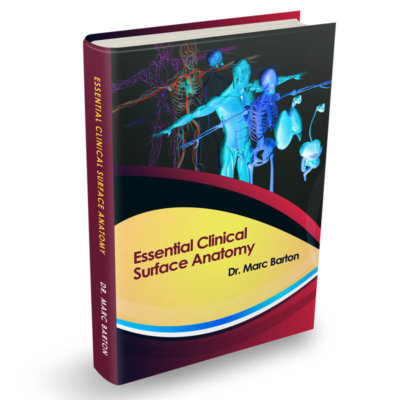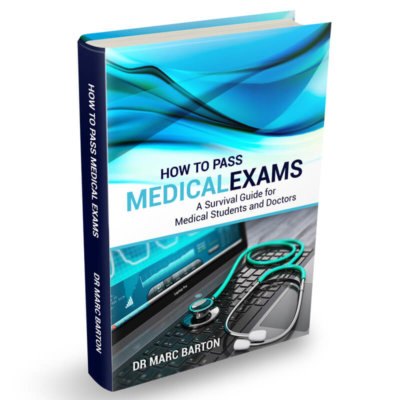A 30-year-old man presents with a 4 cm mass on the left side of his neck. He mentions that the swelling has been present for several months and was previously treated with antibiotics for what was thought to be an infection, but the mass has persisted. There is no associated pain, and he denies any recent fever, sore throat, or difficulty swallowing. He also reports no significant weight loss or other systemic symptoms. On examination, the mass is non-tender, soft, and mobile. It is situated anterior to the sternocleidomastoid muscle in its upper third.
Show Answer
The most likely diagnosis in this case is a branchial cleft cyst. Branchial cleft cysts are congenital anomalies that result from incomplete obliteration of the branchial apparatus during embryonic development. They often present as painless, slow-growing, soft masses on the lateral aspect of the neck, typically in young adults. The location of the mass anterior to the sternocleidomastoid muscle is classic for a branchial cleft cyst. The lack of systemic symptoms and the mass’s persistence despite antibiotic treatment further support this diagnosis.
Key clinical features of branchial cleft cysts include:
- Painless, soft, and mobile mass on the lateral side of the neck
- Slow-growing and typically present for months to years
- No associated systemic symptoms unless infected
- Often located anterior to the sternocleidomastoid muscle
Show Answer
Branchial cleft cysts arise from remnants of the branchial apparatus, which consists of arches, clefts, and pouches that form during embryonic development. If the clefts or pouches do not completely regress, they can form cysts, sinuses, or fistulas. The second branchial cleft is the most common site of these anomalies, which is why these cysts typically appear in the lateral neck.
The cysts are filled with fluid and can become infected, although this is not the case in this patient. The typical anterior location to the sternocleidomastoid muscle corresponds with the anatomical position of the second branchial cleft remnants.
Show Answer
The following investigations can confirm the diagnosis:
- Ultrasound: This is often the first-line imaging modality and can help to characterize the mass as cystic or solid. A cystic mass with a well-defined margin would suggest a branchial cleft cyst.
- Fine needle aspiration (FNA): FNA can be used to obtain fluid or cellular material from the cyst to exclude other pathologies like malignancies or lymphadenopathy.
- CT or MRI scan: Cross-sectional imaging can provide detailed information about the cyst’s size, location, and its relationship with surrounding structures, especially if surgery is being planned.
Show Answer
The definitive treatment for a branchial cleft cyst is surgical excision. This is recommended because the cyst can become recurrently infected, and surgical removal also eliminates the risk of any potential complications.
- Surgical excision: Complete removal of the cyst is the treatment of choice to prevent recurrence or infection. This is typically done as an elective procedure when the cyst is not infected.
- Antibiotics: If the cyst becomes infected, antibiotics are given to treat the infection, but surgery is still required once the infection resolves to prevent future episodes.
It is important to ensure complete excision of the cyst to avoid recurrence, as remnants can lead to the formation of new cysts. Surgery is usually curative with a low risk of recurrence if fully removed.
Header image used on licence from Shutterstock






Its great that you increasing our surgical skills. Thank you!!!